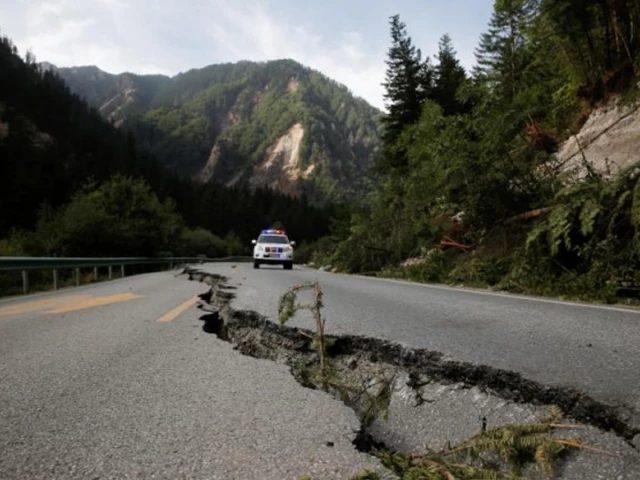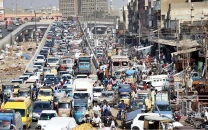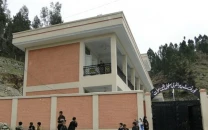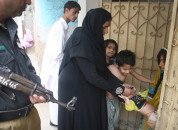5.3-magnitude earthquake jolts parts of K-P, twin cities
Earthquake's epicentre was in Afghanistan's Hindu Kush region, at a depth of 234 kilometres

A magnitude 5.3 earthquake jolted Khyber-Pakhtunkhwa, Islamabad and Rawalpindi late Tuesday, with its epicentre in Afghanistan’s Hindu Kush region at a depth of 234 kilometres, according to the national seismology centre.
In Khyber-Pakhtunkhwa (K-P), residents also felt the quake in Charsadda, Risalpur, Nowshera, Rustam, Buner and nearby towns. Stronger jolts were noted in Malakand, Chitral, Swat, Dir, Takht Bhai and Bajaur, local officials and residents said.
🚨 EARTHQUAKE UPDATE:
— Weather Updates PK (@WeatherWupk) October 21, 2025
روالپنڈی اسلام آباد میں زلزلے کے شدید جھٹکے محسوس کئے گئے
An earthquake originated on 21-10-2025 at 23:15 PST
Mag: 5.3
Depth: 234 Km
Lat: 36.56 °N
Long: 71.40 °E
Epicenter: Hindu Kush Region, Afghanistan pic.twitter.com/nEyg2C4yAM
There were no immediate reports of casualties or damage. Authorities said they were monitoring the situation and gathering information from district administrations.
Why earthquakes occur
Earthquakes occur when stress builds up along the Earth's crust due to the movement of tectonic plates. When these plates suddenly shift or collide, energy is released in the form of seismic waves that cause the ground to shake.
The Hindu Kush region — where many quakes affecting Pakistan originate — lies near the boundary of the Indian and Eurasian tectonic plates. As the Indian plate pushes northward under the Eurasian plate, the resulting friction and pressure often trigger moderate to strong earthquakes.
Seismic activity in this region is common, but the depth of the quake often determines how strongly it is felt on the surface. Deep-focus earthquakes, like the one recorded at 234 kilometres, tend to cause less surface damage despite being widely felt.
A powerful magnitude 6.0 earthquake struck eastern Afghanistan in late August 2025, devastating remote mountain communities and leaving more than 2,200 people dead and 3,600 injured. The quake’s epicentre was near Jalalabad, close to the Pakistan border, and its shallow depth—around five to eight kilometres—intensified the destruction.
Entire villages were flattened in the rugged terrain, where most homes are built from mud and unreinforced brick, making them highly vulnerable to collapse.




















COMMENTS (1)
Comments are moderated and generally will be posted if they are on-topic and not abusive.
For more information, please see our Comments FAQ